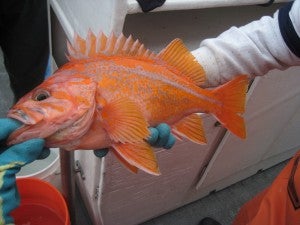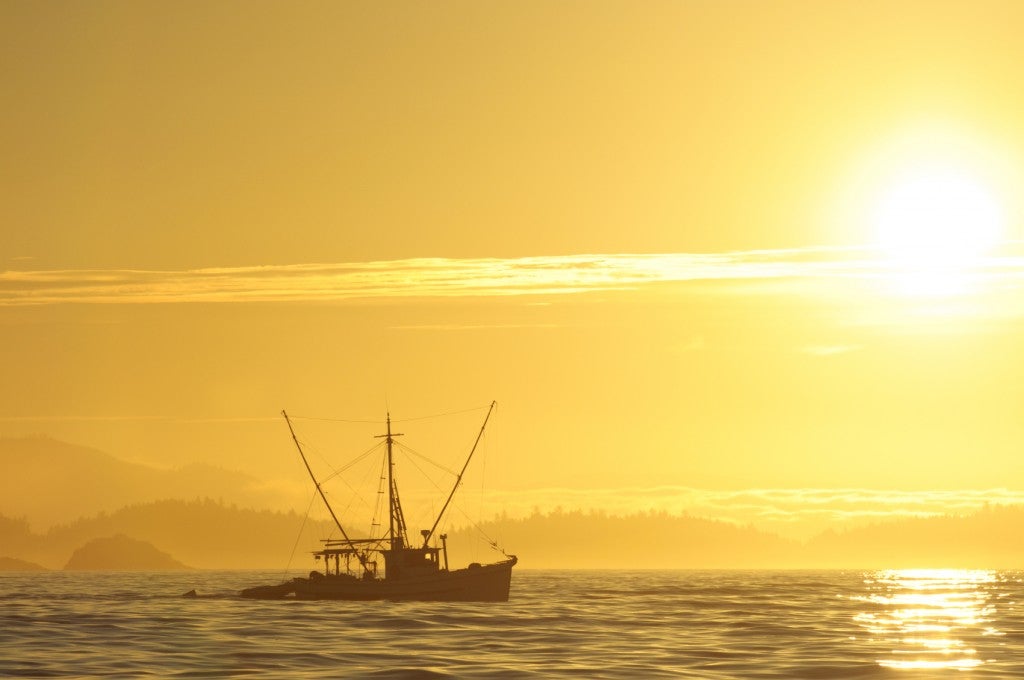By: David Stevens
David Stevens comes from a long line of St Ives fishermen and is part of his family run business. Their vessel, The Crystal Sea is a 20 meter trawler working out of Newlyn, which goes to sea 3-5 days depending on the weather, so as to maximise the quality and freshness of their catch. David skippers alongside his brother, Alec, with a crew of three others and their father working ashore with the nets and supplies.
I have been fishing now for nearly 25 years and in all of that time, the decisions that really matter, about how we fish and the amount we catch have been largely kept out of industry’s hands. The decisions made in Brussels by the European Union have had a huge impact on the way we run our businesses. We are often left wondering how seemingly straightforward policies have become so complicated and how, when introduced at the industry level, these laws just don’t work. I am hopeful, however, that fishermen can now lead the necessary management solutions to forge a prosperous and sustainable future. Read More












 The good news keeps rolling in about the performance of fisheries managed with secure fishing rights – called “catch shares” in the United States.
The good news keeps rolling in about the performance of fisheries managed with secure fishing rights – called “catch shares” in the United States.